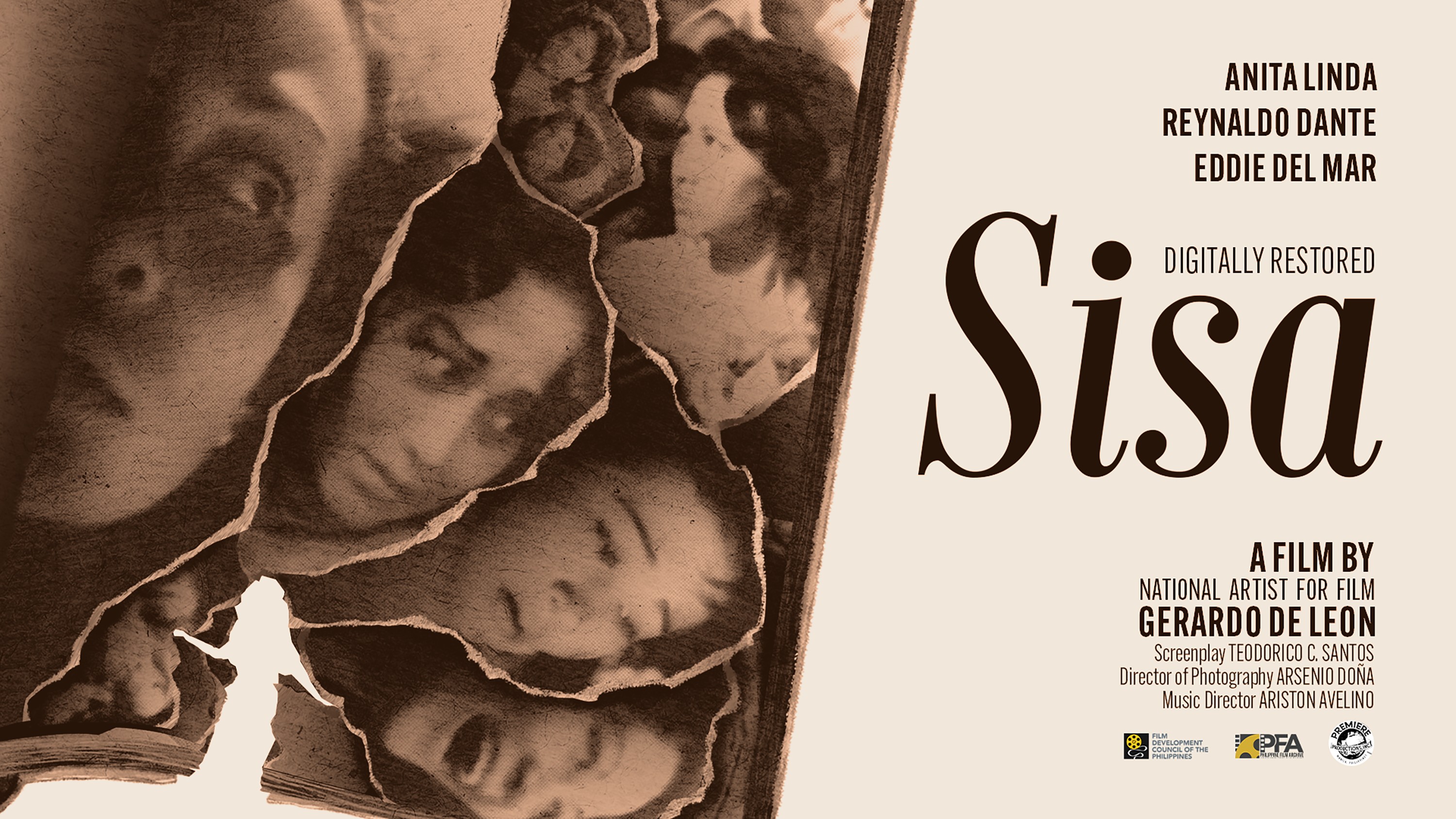PPP4 Spotlight: Ang Lakaran ni Kabunyan: Kabunyan’s Journey to Liwanag
In this edition of PPP4 Spotlight, we will be spotlighting the opening film of the upcoming Pista ng Pelikulang Pilipino: a documentary by acclaimed filmmaker and National Artist for Film Kidlat Tahimik entitled “Ang Lakaran ni Kabunyan: Kabunyan’s Journey to Liwanag.” The film will make its Philippine online premiere at the festival on October 31 and will screen under the PPP4 Premium Selection section.
Tahimik’s film is one of 13 films scheduled to screen under the festival’s Premium section. “Ang Lakaran ni Kabunyan: Kabunyan’s Journey to Liwanag” will screen along with nine other films that will make their World or Philippine premieres at the festival and three restored versions of the classics “Batch ‘81” by Mike de Leon, “Brutal” by the late Marilou Diaz-Abaya, and “Markova: Comfort Gay” by the late Gil Portes.
The Full Run Pass, which provides access to these premium films and more, is currently available at an Early Bird Rate for only PHP 450 until October 25. After this date, the PPP4 Full Run Pass will be available for PHP 599. To view the PPP4 catalog and for more details, you may visit FDCPchannel.ph and facebook.com/FDCPPPP.
“Ang Lakaran ni Kabunyan: Kabunyan’s Journey to Liwanag” (2020)
Directed by Kidlat Tahimik
PPP4 Premium Selection Section
Kidlat Tahimik’s latest offering, “Ang Lakaran ni Kabunyan: Kabunyan’s Journey to Liwanag,” presents the filmmaker’s take on the classic road-movie genre. As with Tahimik’s past works, “Ang Lakaran ni Kabunyan” features a unique blend of narrative and documentary filmmaking. With “Ang Lakaran ni Kabunyan” specifically, Tahimik uses a stripped-down, low-budget aesthetic that at times recalls a personal home-movie as often as it does traditional documentary cinema.
The approach is deliberate: “Ang Lakaran ni Kabunyan” tells the story of Tahimik’s son, Kabunyan de Guia, as he journeys from his home in Baguio to Davao in a newly-repaired mustard-colored van. With a personal subject, the film often feels intimate, offering a closer look at Kabunyan, Tahimik, and their family’s private life. The documentary includes conversations between father and son discussing his move away from home, in search of what becomes identified as “Liwanag.” “Whatever you are looking for, I hope you find it,” Tahimik tells Kabunyan sitting in the van.
Upon his departure from Baguio, Kabunyan’s journey begins. He stops at certain places along the way, engaging in conversation with various companions—often artists—in between drives. These conversations frequently touch on deep and meaningful questions, about national and cultural identity, existential meaning, and art.
Tahimik’s camera makes sure to focus on these discussions, offering us a chance to listen to these various philosophical musings. Kabunyan, for his part, often listens more than he chooses to speak. In one of these discussions, his search becomes clearer and becomes articulated. He is looking for the light of life: “naghahanap ng liwanag ng buhay.” So, too, Kabunyan says, were the Philippine revolutionaries against colonialism. They were looking for “Liwanag” as well.
“Ang Lakaran ni Kabunyan” continues Tahimik’s past explorations on the idea of an odyssey. From his debut, the now-classic 1977 film “Mababangong Bangungot (Perfumed Nightmare),” to his works on the character of Enrique de Malacca in the various iterations of “Balikbayan: Memories of Overdevelopment” and now with “Ang Lakaran ni Kabunyan” Tahimik has been uniquely interested in such a journey, from home to somewhere else, in search of something meaningful perhaps, or out of curiosity for something more from the world. The enigmatic and elusive “Liwanag.”
With “Ang Lakaran ni Kabunyan,” Tahimik’s son continues this exploration. The elderly Tahimik, the adult Kabunyan, and Kabunyan’s children make appearances in the film. An odyssey, Tahimik shows, does not conclude with one adventurer but continues for generations. It affirms itself as part of history





